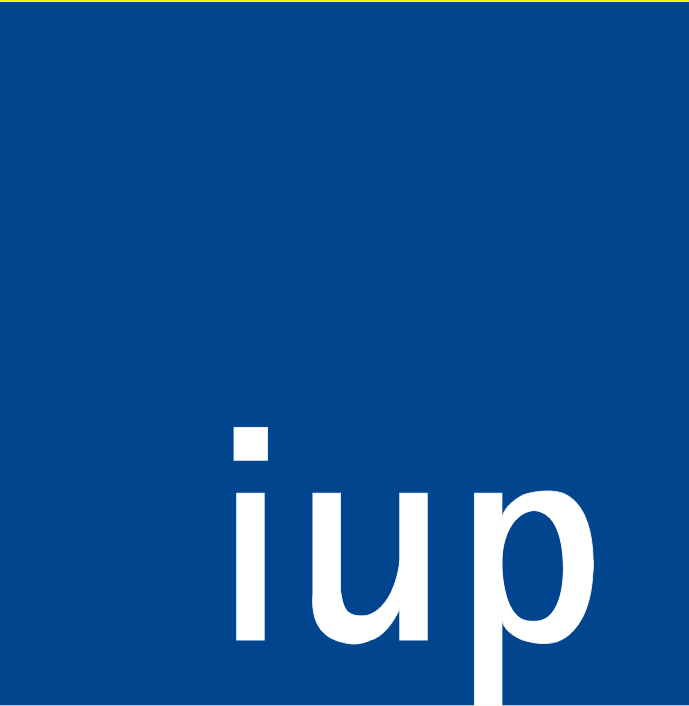Publikationen (FIS)
Using Participatory Visual Methods to Explore Multi-Local Living Arrangements
The Example of Work-Life Biographies and Reflexive Photography
- verfasst von
- Lisa Garde, Lena Greinke
- Abstract
This paper explores work-related multi-locality – living in several places for work-related reasons – using qualitative interviews including participatory visual methods. To give space to multi-locals as people with complex living and working arrangements and to support their narratives, the visual methods work-life biographies and reflexive photography were used during interviews. After introducing the state of research on work-related multi-local living and visual methods, two German case studies, the one in the city of Stuttgart in Baden-Wuerttemberg, the other in the rural district of Diepholz in Lower Saxony, are described. The aim of this paper is to ascertain the value of using visual methods to explore multi-local living arrangements. The research questions are: (1) Which (specific) elements do multi-local employees visualise when using work-life biographies and reflexive photography? (2) Which new insights into multi-local living arrangements do the two methods provide? (3) What are the pros and cons of using such methods within qualitative interviews? The study shows that multi-locals used common thematic elements when using the visual methods: For example, especially words, numbers, specific signs and bars in the case of biographies and certain situation, people and objects in case of the photographs. Furthermore, both methods allowed new insights into multi-local living arrangements, such as their temporal and spatial dimensions, the interplay between living and working arrangements over time as well as the place attachment of multi-locals. Using visual methods during qualitative interviews provided clear added value in studying multi-locality, as it created a suitable interview introduction, reinforced spoken statements or facilitated the discussion of sensitive topics. Participatory visual methods can be used to explore a range of topics in qualitative studies looking at participants in complex situations. For multi-locality studies in particular, visual methods can be beneficial in stimulating and addressing a combination of spatial and temporal thinking.
- Organisationseinheit(en)
-
Institut für Umweltplanung
- Externe Organisation(en)
-
Technische Universität Dortmund
- Typ
- Artikel
- Journal
- International Journal of Qualitative Methods
- Band
- 21
- Publikationsdatum
- 08.2022
- Publikationsstatus
- Veröffentlicht
- Peer-reviewed
- Ja
- ASJC Scopus Sachgebiete
- Ausbildung bzw. Denomination
- Elektronische Version(en)
-
https://doi.org/10.1177/16094069221121242 (Zugang:
Offen)
https://doi.org/10.1177/16094069221121242 (Zugang: Offen)


